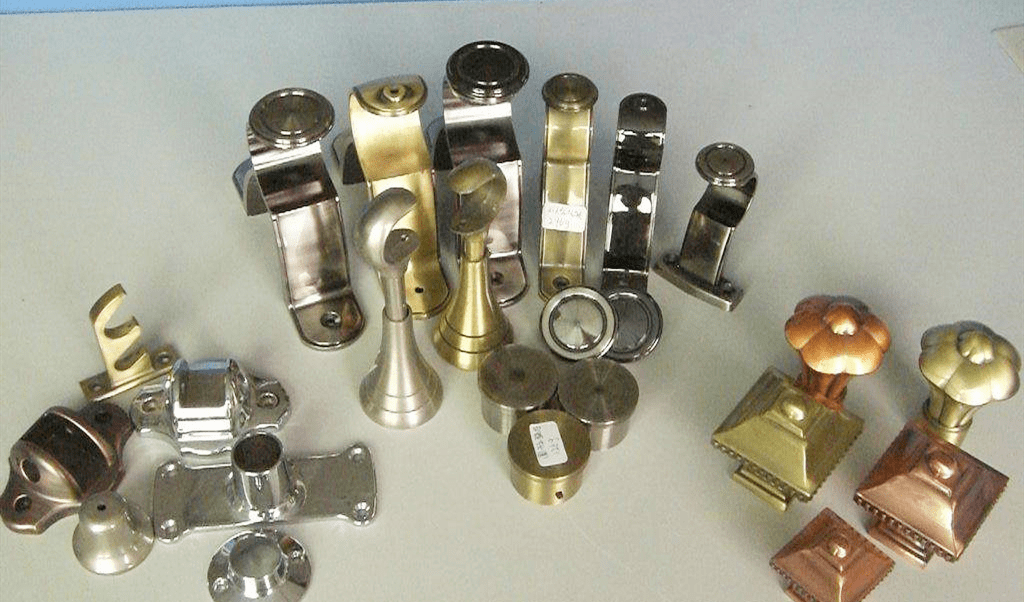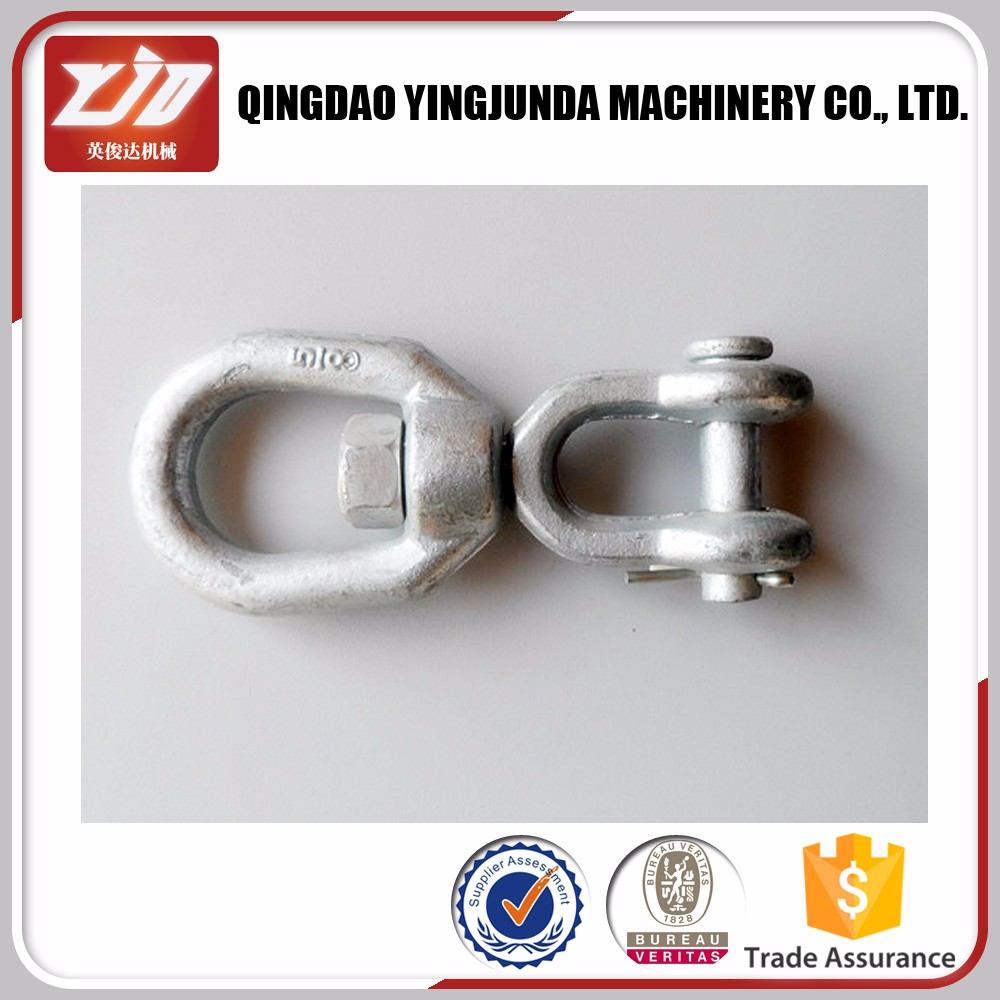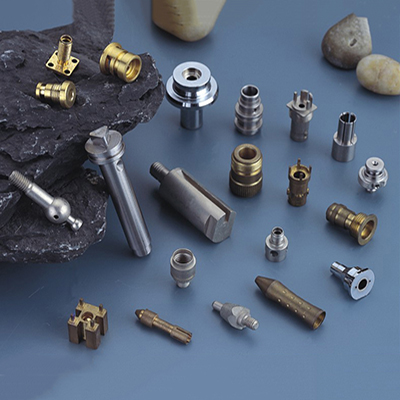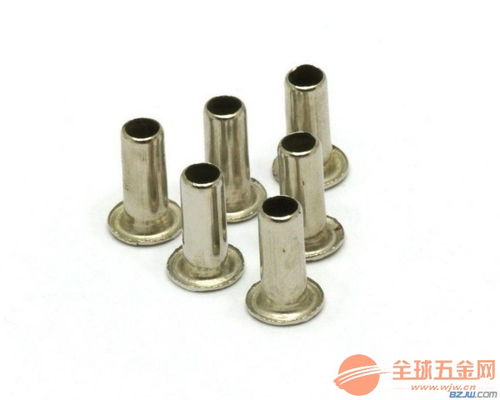Title: Stamping and Metal Fabrication for Automotive Parts
Stamping and Metal Fabrication are essential processes in the automotive industry. Stamping involves using a die to cut, punch, or shape metal blanks into the desired part geometry. This process is typically done on large pieces of metal, which are then cut into smaller pieces for use in different parts of the vehicle. Metal Fabrication, on the other hand, involves welding, bending, and assembling metal pieces to create complex shapes and structures. These processes are crucial for creating automotive parts that meet specific design and performance requirements. By understanding the stamping and metal fabrication processes, manufacturers can ensure that their products are produced efficiently and with high quality standards.
Stamping is a manufacturing process that involves the use of punches and dies to cut, shape, or reshape metallic materials. In the automotive industry, stamping is a crucial process for producing a wide range of parts, from simple to complex shapes. This article will explore the process of stamping and metal fabrication for automotive parts, as well as the materials and equipment commonly used in these processes.
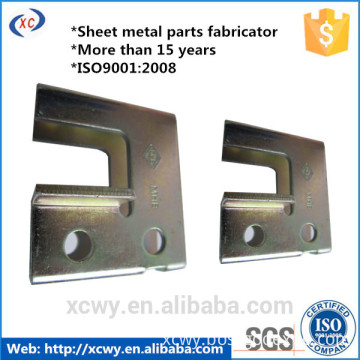
Stamping Processes in Automotive Manufacturing
In the automotive industry, stamping is typically used to produce sheet metal parts such as body panels, chassis components, and interior trims. The process involves several steps, including material preparation, die cutting, bending, and welding. Each step requires precision and accuracy to ensure that the final product meets the desired specifications.
Metal Fabrication Processes
Metal fabrication is a broad term that encompasses a range of processes used to shape and assemble metallic materials. In the automotive industry, metal fabrication often involves cutting, bending, welding, and assembly operations. These processes are typically carried out using CNC machines, lasers, and robots. The choice of equipment depends on the type of material being processed and the complexity of the shapes involved.
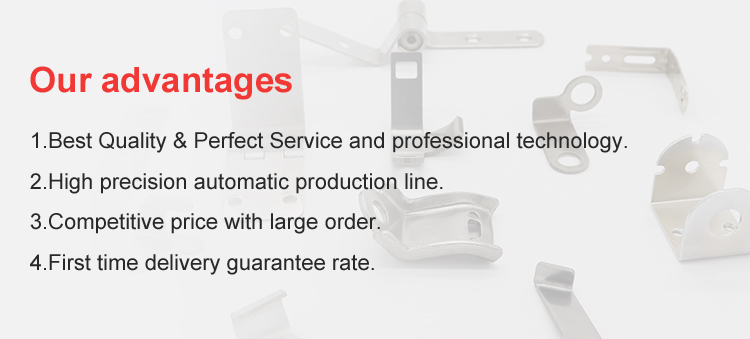
Materials Used in Stamping and Metal Fabrication
The materials used in stamping and metal fabrication for automotive parts are diverse and depend on the specific application. Commonly used materials include steel, aluminum, stainless steel, and alloys. Each material has its own set of properties that make it suitable for certain applications. For example, steel is strong and durable but can be prone to rusting if not properly treated. Aluminum is lightweight and corrosion-resistant but may not have the same strength as steel. Stainless steel is a good choice for parts that require high resistance to corrosion and heat. And alloys are often used for their unique combination of properties that make them suitable for specific applications.
Equipment Used in Stamping and Metal Fabrication
The equipment used in stamping and metal fabrication for automotive parts is extensive and depends on the specific processes involved. Commonly used equipment includes CNC machines, lasers, robots, presses, and welding machines. Each piece of equipment has its own set of specifications and capabilities that determine its suitability for certain applications. For example, CNC machines are capable of precision cutting and machining operations, while robots can handle repetitive tasks with high precision and speed. Presses are used to apply pressure to materials in order to shape or cut them, while welding machines are used to join two or more pieces of metal together through fusion or pressure welding.
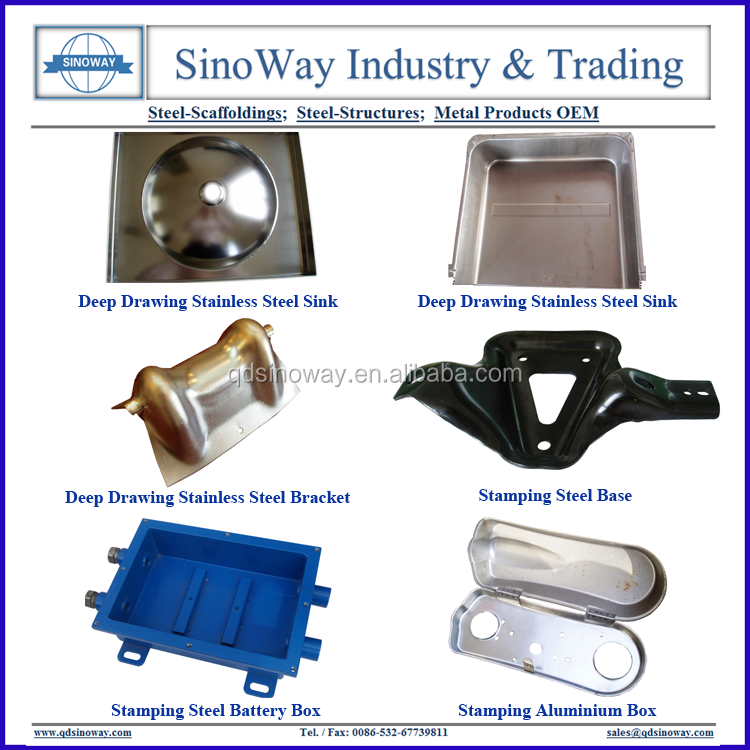
Conclusion
Stamping and metal fabrication are crucial processes in the automotive industry that involve precision cutting, shaping, and assembly operations on metallic materials. The choice of materials and equipment used in these processes depends on the specific application being carried out as well as the desired properties of the final product. By understanding these processes and the equipment involved in them, manufacturers can optimize their production lines to create high-quality products efficiently and cost-effectively.
Articles related to the knowledge points of this article:
Title: Ceramic Hardware Accessories: A Versatile and Durable Solution for Your Needs
Shoe Rack Hardware Accessories: A Comprehensive Guide
The Hardware Accessories Trade: A Global Perspective
Title: Exploring the Cost-Effective五金配件 Solutions from Jiangsu Manufacturing Enterprises
